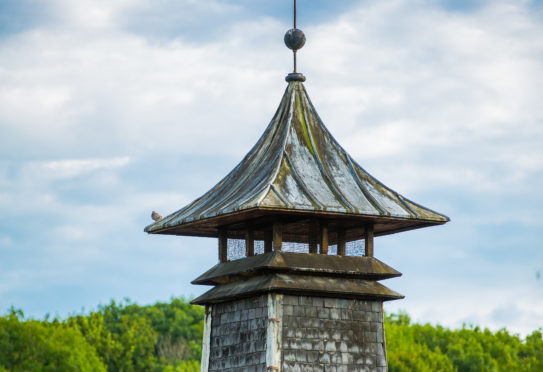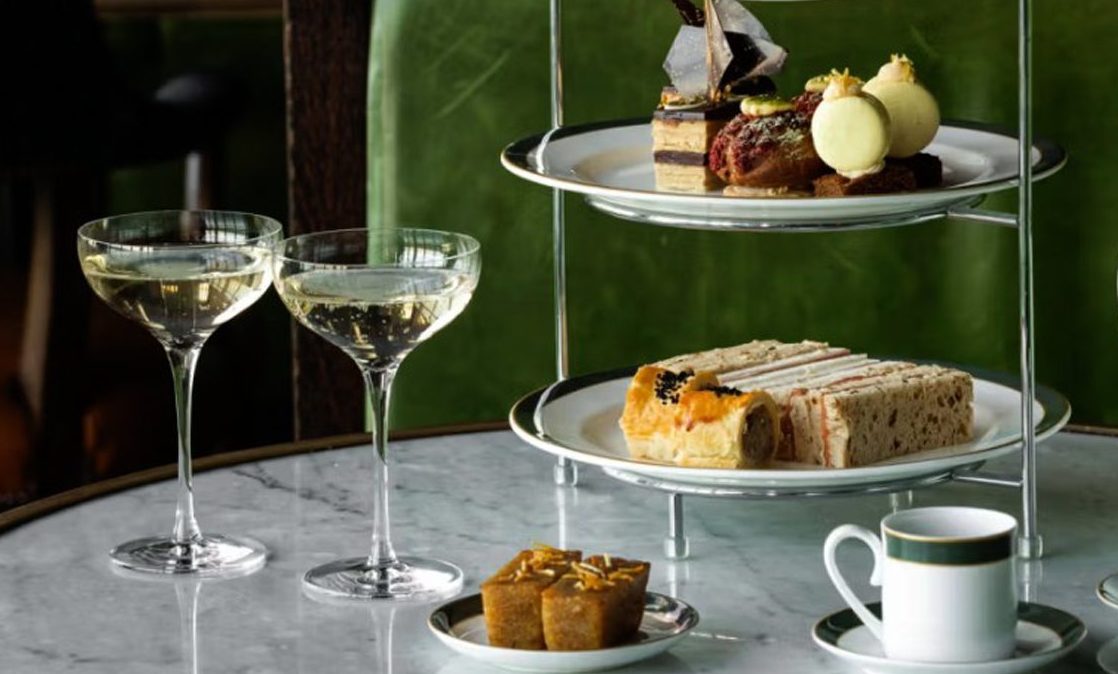Some years ago, I mentioned one of the great, if now largely forgotten, names in the history of Scotch whisky, that of Charles Doig. Born on a farm near Lintrathen and originally employed in an architect’s office in Meigle, he eventually moved to Elgin and became the greatest distillery architect of all time.
His finest achievement—and one which lives on as the universally recognised symbol for a whisky distillery—was the “pagoda roof” above the distillery kiln. Back in the days when distilleries did everything—from making and drying malt to casking and storing the new spirit—the kiln was where the germinating malt was dried on wire-mesh floors above peat fires prior to being ground to grist and mixed with hot water in the mashtun.
Chimneys were not ideal for kilns. A straight one meant rain could come down it and capped chimneys with side smoke holes slowed the updraft. Doig’s solution, first installed at Dailuaine distillery after it suffered a bad fire in the 1880s, was the pagoda with side slats. It proved the ideal solution—it was rain-proof and gave an excellent updraft. Thereafter, Doig’s pagoda-roofed kilns appeared on countless distilleries throughout Scotland. And, as imitation is the sincerest form of flattery, some may have appeared on kilns designed by other people.
Not that Charles Doig only designed distilleries—many schools, municipal buildings and many others throughout the North-East and further afield were designed by him.
After the great distillery-building boom of the 1890s, the industry calamities of early 1900s (the collapse of many blenders, swingeing tax rises in 1909, the first world war and US-wide prohibition in 1920), meant virtually no distilleries were built until after 1945. And many of the post-war ones were stark, utilitarian buildings with none of the Doig charm and style.
One notable exception is Tormore, a striking distillery built in Speyside that has a bravura and style all its own.
Charles Doig died in 1917 and luckily never saw the bleakest years of the Scotch industry, from 1920 to the early 1930s. However, countless Doig-designed distilleries are still with us today. And I feel a blue plaque on his former Elgin offices, or elsewhere, would be a fitting tribute to such an influential architect.










